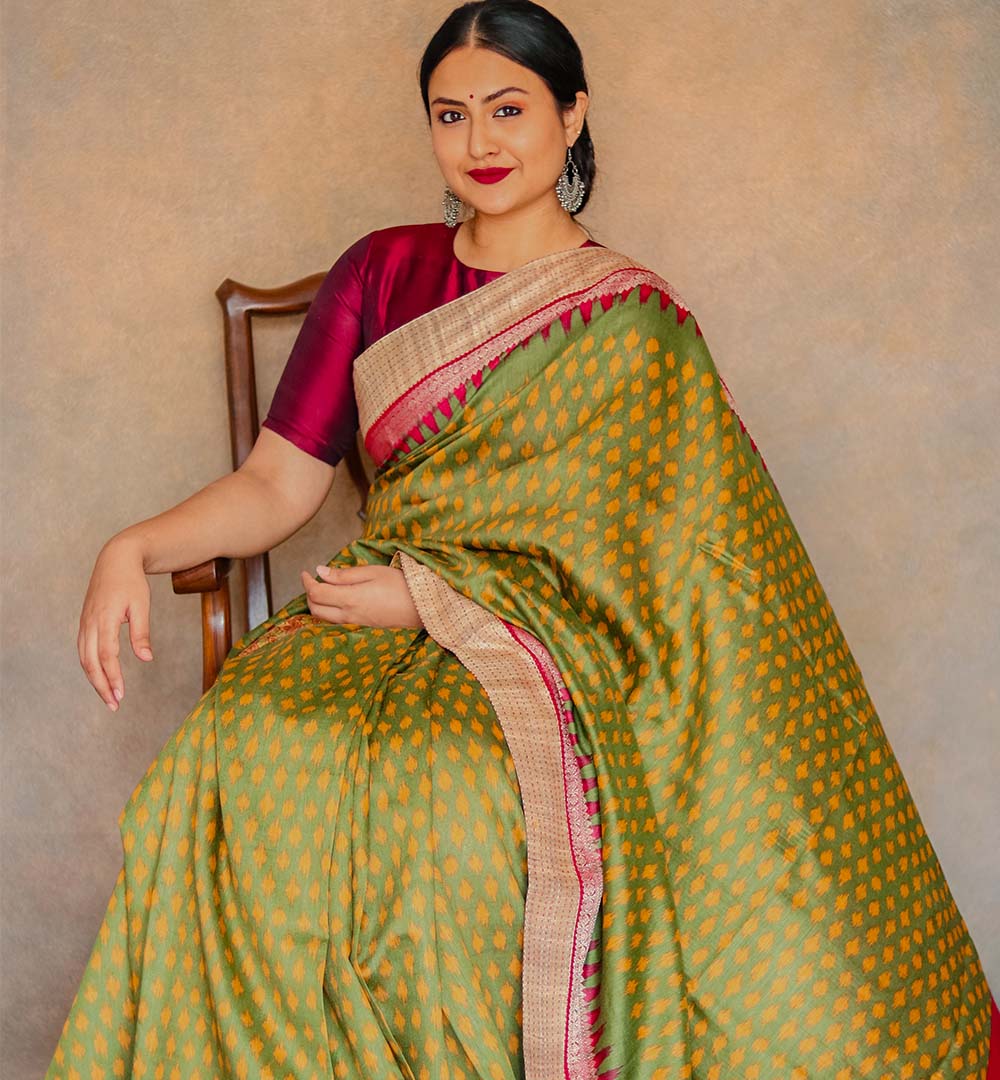The Indian Drape
The Indian drape has been a symbol of culture and identity for the longest time. But when did it all start? Where did the ideology of converting a rectangular fabric into a wearable drape begin?
It all began in the Indus Valley civilization when cotton cultivation and weaving began and thus came to life, a rectangular long fabric people could wrap around themselves. Initially, what started as a simple way of using this fabric, eventually evolved into styling and draping the fabric, in different ways according to their professions and everyday chores.
Along with fabrics, the art of dying also came into existence. Several hues of dyes were extracted, out of simple elements of nature, such as flower petals, leaf stains, and even red mud. And thus, the legacy of Indian weaving began.
As times changed and human beings evolved, the way of draping a saree also evolved. The saree was no more just a necessity but a symbol of opulence and class. The art of weaving also evolved along with human beings and their thoughts. Weavers started to weave in silk, cotton, and hemp, which were available in abundance around them.
The indigenous drape also got a name. It was called, satika, antariya and uttariya. And women across the country draped it in several different ways. Few draped it in a pant style fashion with pleats in the front, and a few in a skirt style fashion with pleats at the back. Their choice of fabric depended on climate, social strata, and affordability.
As rules and reigns evolved, humans began to do several experiments with these rectangular pieces of fabric. It was cut and stitched, partially stitched and partially draped, and so on. The modern era came, with that came the new or familiar way of draping a saree. The influence of British dressing and culture left behind the style of pairing a blouse with a saree and has stayed with us ever since. Through changing times and evolving human nature, if there is something that has stayed constant, it's our love for weaves and drapes.



